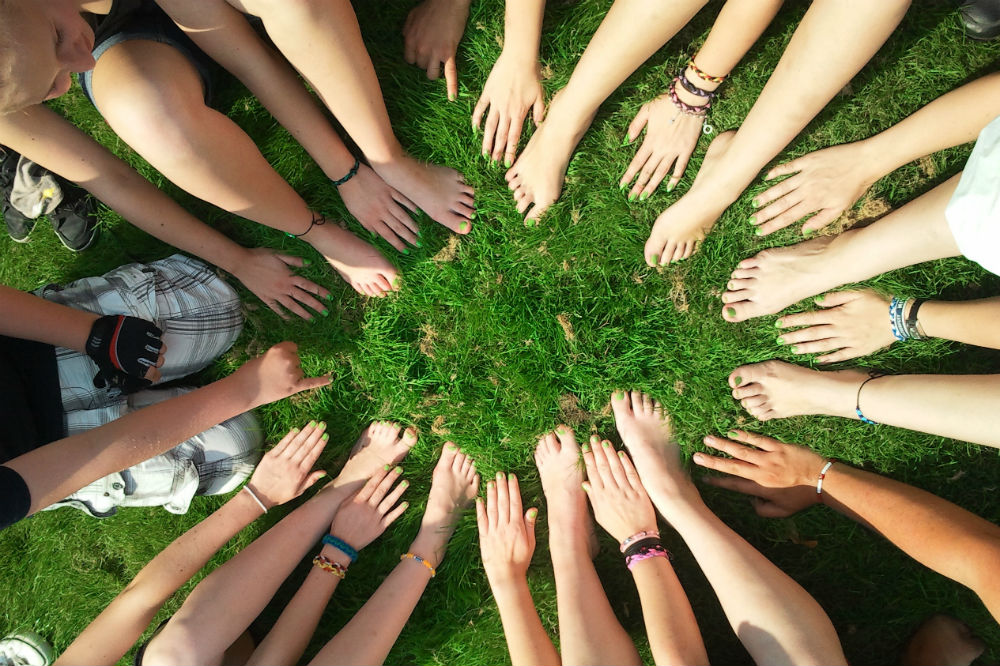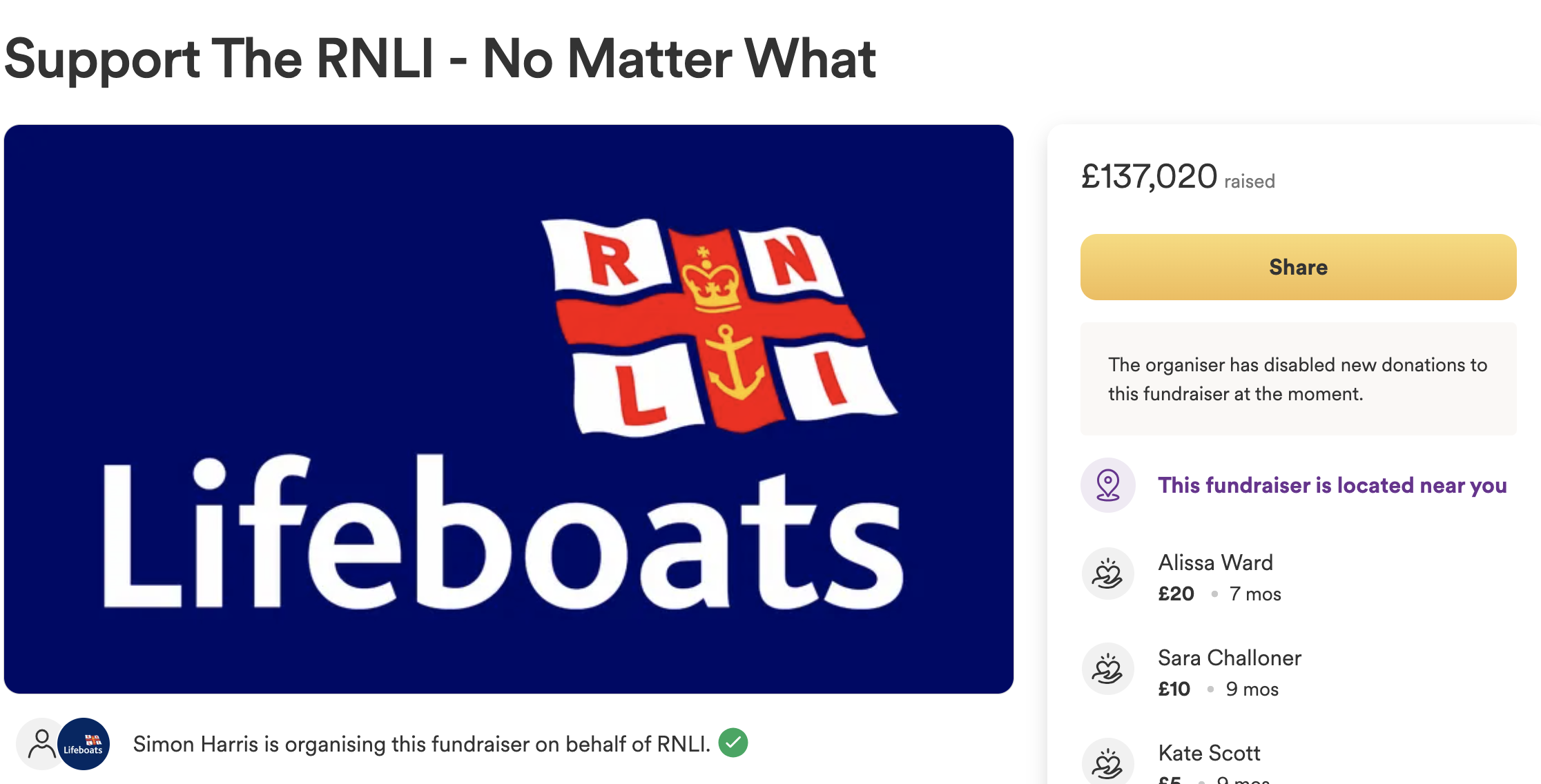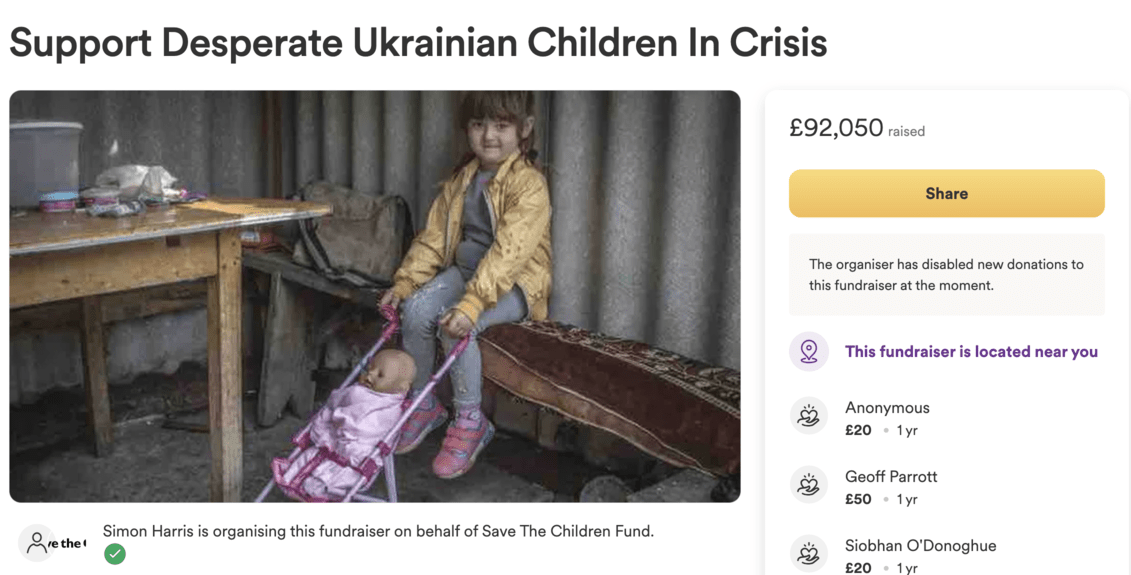5 Ways You Can Harness The Power of Social Media from Someone Who Raised £600,000 for Charity

Simon Harris is a repeat GoFundMe fundraiser who has raised hundreds of thousands for charities with the power of social media. Here, he writes his social media fundraising tips. If you’re just getting started, read on for help on meeting your target in 2023.
I have personally raised more than £600,000 since getting heavily involved with social media a few years ago, with the majority of that coming through the GoFundMe platform. For those feeling intimidated, I have a few tips to get you started. Reaching your goal may seem difficult, but it’s by no means impossible and these tips are designed to help you get there as quickly as possible. Good luck.
1. One of the easiest ways to help is free
First and foremost, before I get into the specifics of Facebook and Twitter (sorry, I still call it ‘Twitter’), there’s one quick thing to bear in mind as we plough through this ‘cost of living’ crisis. There are more people than ever who would love nothing more than to be able to donate a few quid to your appeal, but the reality is that they simply can’t afford to spare it at the moment. However, this doesn’t mean that they cannot be a massive help to you.
In my appeals, I constantly emphasise the fact that sharing and posting it costs absolutely nothing, takes just a few seconds, and in many cases it can be worth more financially than a small donation. In simple terms, if someone can’t donate £5, but they share to their extensive friends list and five people put a tenner in … well that’s exactly it! So, if anyone ever says, ‘I wish I could help,’ you can tell them exactly how much of an impact they could make without getting a debit card out.

2. Twitter: Reply all
As a social media fundraiser, paying for a ‘verified’ blue tick has brought benefits that far outstrip the £7 – £11 monthly fee and the inevitable ‘Haha you have a blue tick …’ remarks.
If I am promoting a GoFundMe, my posts appear higher in feeds, my replies are prioritised on other posts, I can earn a piece of Twitter’s advertising revenue which can in turn be put into fundraisers (it’s ‘earned income,’ so Gift Aid away), and my posts can be up to 10,000 characters long which means I can post engaging long form content about my appeals. All things considered, your monthly investment will get your GoFundMe links in front of as many, many more pairs of eyes.
Of course, Twitter is still a powerful fundraising tool with just the free version. One thing I have done frequently over the years is adding my GoFundMe links as a reply under my well-performing tweets, even if they aren’t related in any way whatsoever. I simply say ‘Now that you’re here, check this out!’ or similar, and everyone diving into the comments sees the appeal before anything else.
3: Facebook: the group effect
Even if you’re ‘rolling with the punches’ when it comes to the many, many changes that are taking place on the Twitter platform, that doesn’t mean that you should forget about Facebook. Facebook is a valuable tool for community building.
I strongly recommend setting up a Facebook group that is related to your cause, and then doing everything that you can to get people to join. This includes inviting friends, sharing the link on your own wall, encouraging current members to invite new ones, and also putting the link onto the main GoFundMe page, updates and even the ‘thank you’ message that you can send donors.
When you belong to a Facebook group, you are instantly invested in the appeal for the long term, even if you are unable to donate. The platform’s algorithm still prioritises group content over page and profile posts, and so this will mean that adding a group to your posting plans will get your appeal in front of many more human eyes. Grow your group, grow your donations – it’s that simple.
Once your fundraising goals have been met, you are left with an engaged group of Facebookers who are often willing to check out anything else that you do in the future – it’s almost like you can’t put a price on this sort of comms power. Whenever I start a new campaign, I use every possible method to contact past supporters of other appeals, and the resulting donations and shares get my new stuff flying before I’ve even really got started!

4: WhatsApp: the network effect
WhatsApp shouldn’t be forgotten about either, and this is because you basically have a ready-made contact list of people to share your GoFundMe with. It takes seconds for any of them to copy and paste the link to all of their social media channels, and again this ties in perfectly with the whole concept of ‘sharing being as valuable as donating.’
Remember that WhatsApp has also recently introduced ‘Communities’ as well that offer some of the same functionality as Facebook groups. Again, this will allow people to become ‘invested’ in your fundraising journey, especially if they don’t use Facebook.
5: Insta / TikTok / Snapchat: it just takes one post
I don’t personally use these platforms an awful lot due to my lack of dancing / twerking skills, HOWEVER they all have a unique advantage for community and even brand building – they reach people that don’t want to use Facebook and Twitter, including a younger crowd. Remember Carly Burd who raised more than a quarter of a million pounds when her allotment was vandalised in April 2023? The social media frenzy for that started with a single TikTok video.
Get it right on these networks, and the rewards can be colossal.